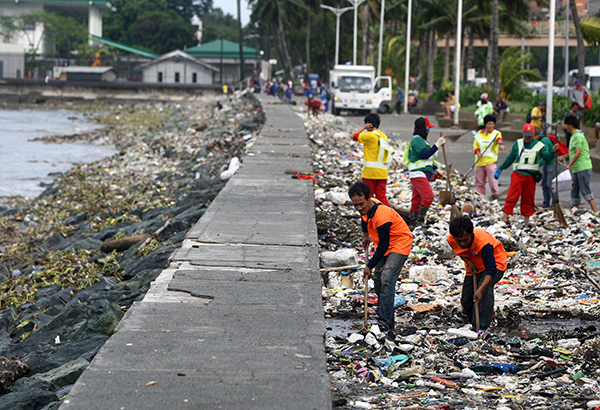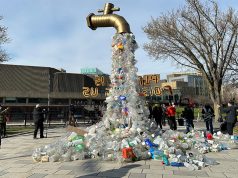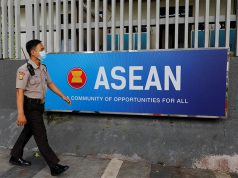Pollution is no longer a topic on the sidelines as Filipino celebrities contribute to the growing conversation about the increasing number of trash in the Philippines and in the world.
The world produced an alarming 448 million tons of trash in 2015, according to a National Geographic report.
Data from 4 Ocean, an international environment agency, also found that every year, at least 1.4 billion pounds of this ends up in the oceans, subsequently infecting and killing precious marine life.
Meanwhile, the country is the third biggest producer of plastic pollution in 2017, as stated by Greenpeace Philippines.
Raising awareness
Celebrities have spoken up on the severity of the garbage problem, such as Luis Manzano, Solenn Heussaff and Iza Calzado.
Guys, im seeing more and more trash on the streets. Please teach the people arround you to dispose properly and to stop distroying our country 🙁 it is so sad that something so simple is so hard for some people to do.
— Solenn Heussaff (@solennheussaff) May 23, 2018
Solving our own trash problem
These figures concern Filipinos because they translate to the many problems we encounter every day. For example, one of the primary causes for the worsening flood situations in the city is trash that clog drains.
The most evident consequence of our poor solid waste management system is the condition of the Pasig River in Manila.
It was featured in National Geographic’s special issue titled “Planet or Plastic” as one of the fifteen most polluted rivers on Earth. Yangtze River in China holds the top spot.
Back in 1990, this tributary that feeds Manila Bay and Laguna Lake is considered dead. Nine years later, the Pasig River Rehabilitation Commission was formed to help revive it and eventually the Manila Bay as well.
Some local governments have also taken baby steps by implementing no-plastic bag policies in their localities, both in the capital and in the provinces.
A growing number of average Filipinos are also slowly adapting a “zero-waste lifestyle” wherein they replace products that are harmful to the environment with more sustainable alternatives for daily use.
Popular examples of these are metal and bamboo straws, wooden toothbrushes and eco-friendly shopping bags.
Many people have criticized this movement in recent years, saying it’s only reserved for medium to high income earners since most of these products are costly.
According to National Geographic, the polluted areas of Binondo, Baseco complex and Manila Bay are also highlighted via Instagram photos last May.
In June, an installation art of a beached whale in Cavite depicting a dead whale with its mouth filled with plastic won several awards in the Cannes Festival in France.
The art piece made by Greenpeace Southeast Asia-Philippines and advertising agency Dentsu Jayme Syfu manifests how plastic pollution takes the life of many sea creatures in the world.










